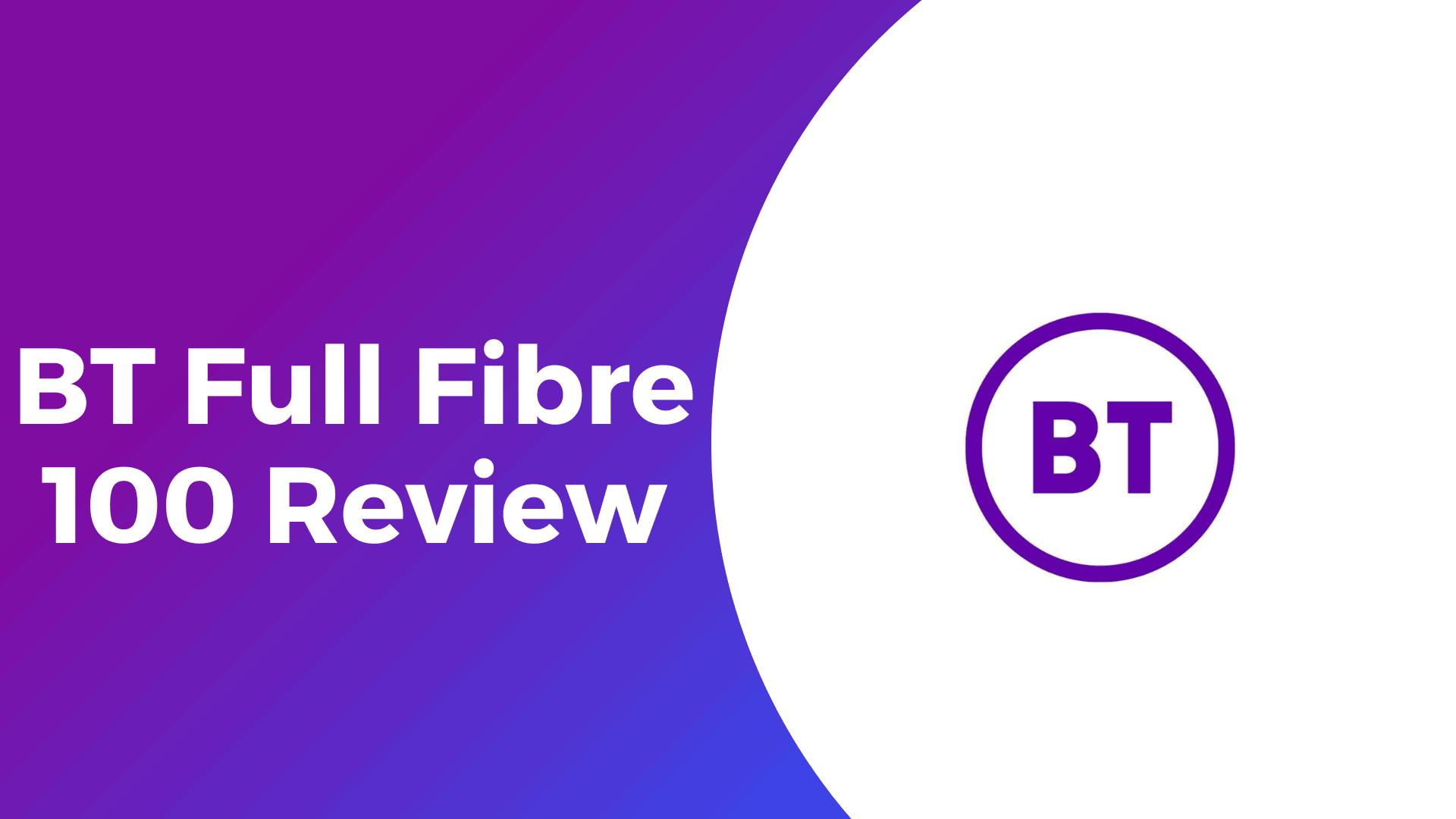INCA calls on Goverment to Prioritize Full Fibre in Its Industrial Strategy
The Self-reliant Networks Cooperative Association (INCA) is urging the UK government to prioritize full fibre broadband in its Industrial Strategy. As digital connectivity becomes increasingly essential for economic growth, INCA believes that advancing full fibre infrastructure can bolster the nation’s competitive edge. this article will explore the need for full fibre broadband, its implications for the UK economy, and expert insights into why governmental action is necessary now more than ever.
The importance of Full Fibre Broadband
Full fibre broadband, which delivers truly high-speed internet via fiber-optic cables directly to homes and businesses, represents a pivotal investment in the digital infrastructure of the UK. Unlike traditional copper broadband, full fibre offers faster speeds, greater reliability, and improved capacity for future technology demands. With the rise of remote working, online education, and heightened reliance on digital services, establishing robust full fibre networks is vital.
According to recent statistics from the Office for National Statistics (ONS), over 50% of the UK workforce is engaged in remote working, underscoring the need for reliable high-speed internet access. Furthermore, a report from the telecoms regulator Ofcom indicates that nearly 90% of households view high-speed internet as essential to their lives. This scenario reinforces the urgency of advancing full fibre initiatives.
INCA’s Recommendations to the Government
INCA has articulated several key recommendations to ensure that full fibre broadband is integrated into the government’s broader Industrial Strategy. These include:
- Incentivizing investment: the government should provide financial incentives for private companies to expand their full fibre networks, particularly in underserved areas.
- Streamlining Regulations: Simplifying the regulatory landscape will encourage competitive deployment of full fibre infrastructure among independent operators.
- Public-Private Partnerships: INCA advocates for initiatives that foster collaboration between public entities and private ISPs (Internet Service Providers) to accelerate broadband rollouts.
- Focusing on Rural Areas: Special attention must be given to rural and remote regions that often lack access to high-speed internet, which can exacerbate economic inequalities.
The Economic Impact of Full Fibre Infrastructure
Investment in full fibre broadband has been shown to have far-reaching implications for local and national economies. Research suggests that improving broadband connectivity can lead to an increase in GDP.the UK Digital Economy Council estimates that there could be a £59 billion economic boost generated by improving digital infrastructure.
Additionally, an effective full fibre rollout could generate jobs, as network construction and maintenance typically require a diverse workforce. As businesses transition to more digital operations, the demand for skilled tech workers and engineers will inevitably rise.
Expert Insights and Perspectives
Experts from various sectors are backing INCA’s call to action. According to Matt Beech,head of INCA,”The government has an unprecedented chance to lead the way in digital conversion. By prioritizing full fibre in its Industrial Strategy, we can create a more connected and economically vibrant future.” This sentiment echoes across the tech industry, as many see the potential of full fibre to drive innovation and efficiency.
Moreover, industry analyst Lisa Brown notes, “full fibre is not merely a luxury; it is indeed a necessity for future-proofing our economy. Countries that have invested in robust digital infrastructure are already seeing tangible returns.” This increasing acknowledgment of full fibre’s importance highlights the need for immediate action by policymakers.
barriers to Full Fibre Deployment
Despite the evident advantages, several barriers exist in the deployment of full fibre networks. These barriers include:
- High Initial Costs: Extensive upfront investments for network installation can deter potential providers.
- Technical Challenges: The complexity of deploying fiber-optic networks,especially in urban environments,poses logistical challenges.
- Consumer Awareness: Many consumers may not be aware of the benefits that full fibre offers, resulting in lower demand and slower rollout.
These challenges must be addressed through coordinated efforts between the government and private sectors, ensuring that full fibre infrastructure becomes a strategic priority.
| Challenges | Potential Solutions |
|---|---|
| High Initial Costs | Government subsidies and incentives |
| Technical challenges | Investment in R&D for innovative deployment methods |
| Consumer Awareness | Public campaigns to educate consumers on the benefits |
the call from INCA for the UK government to elevate full fibre broadband in its Industrial Strategy reflects a crucial need in the current digital landscape. As the nation looks toward future economic growth, prioritizing full fibre infrastructure will be fundamental in fostering innovation, enhancing productivity, and bridging the digital divide.





